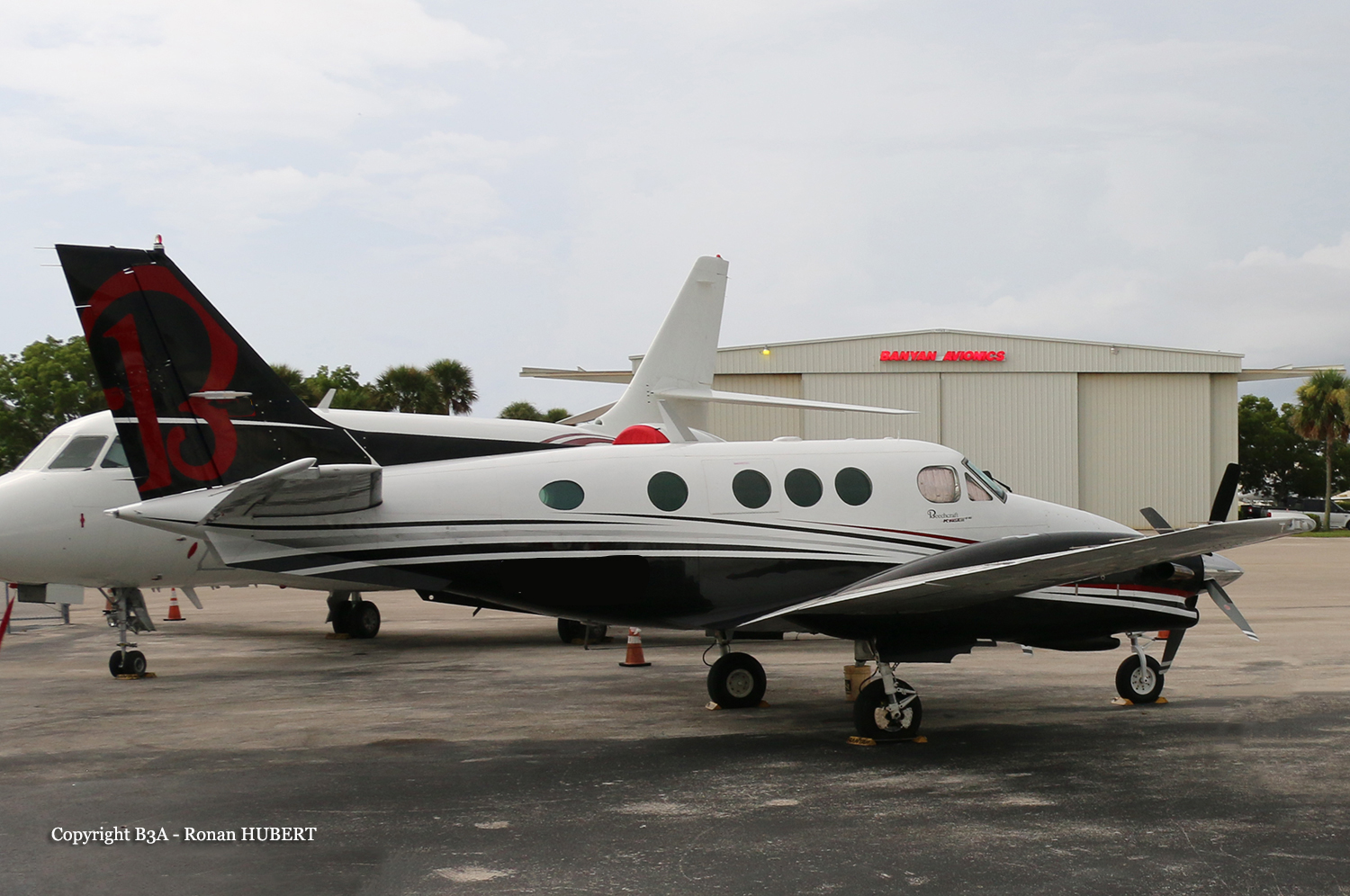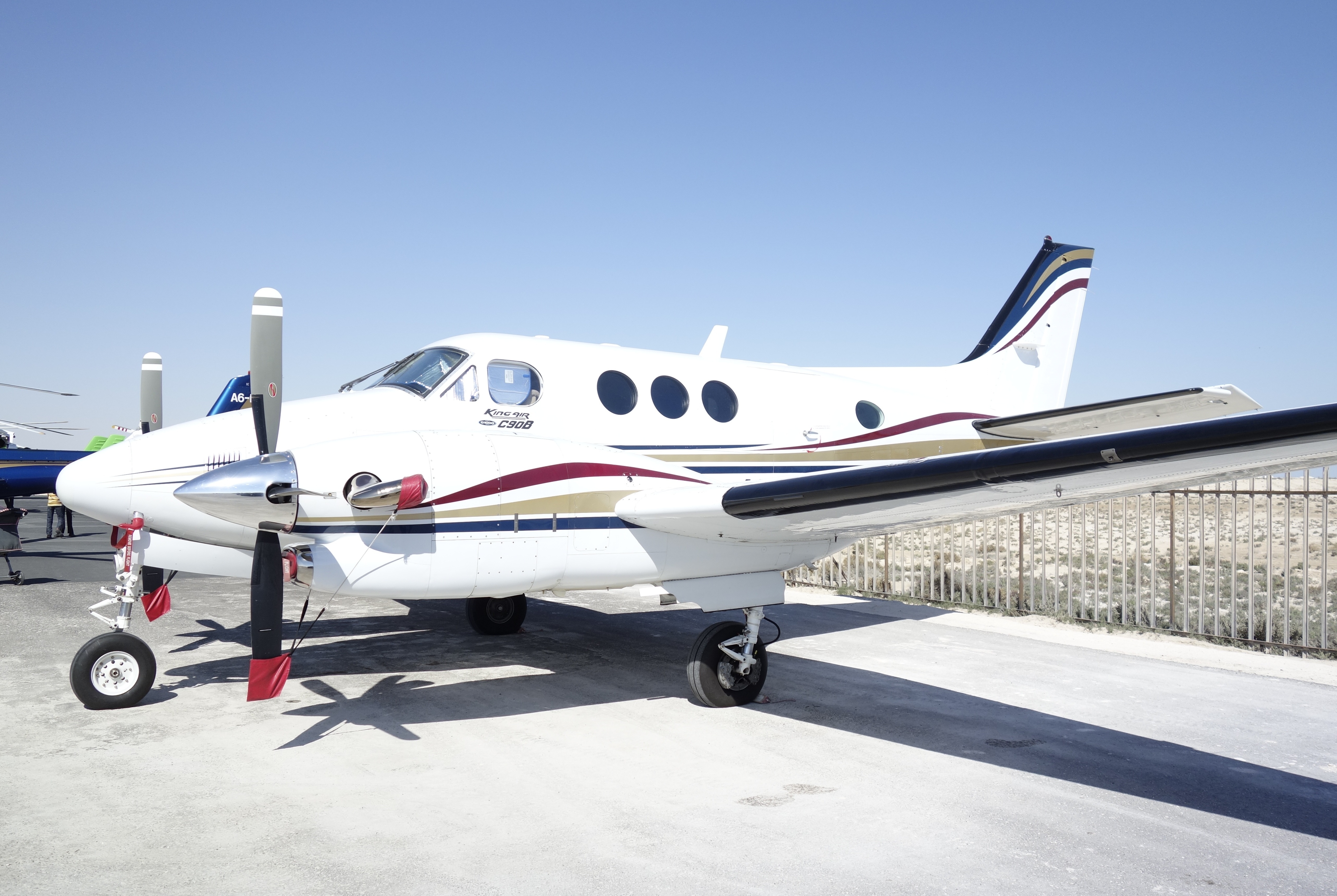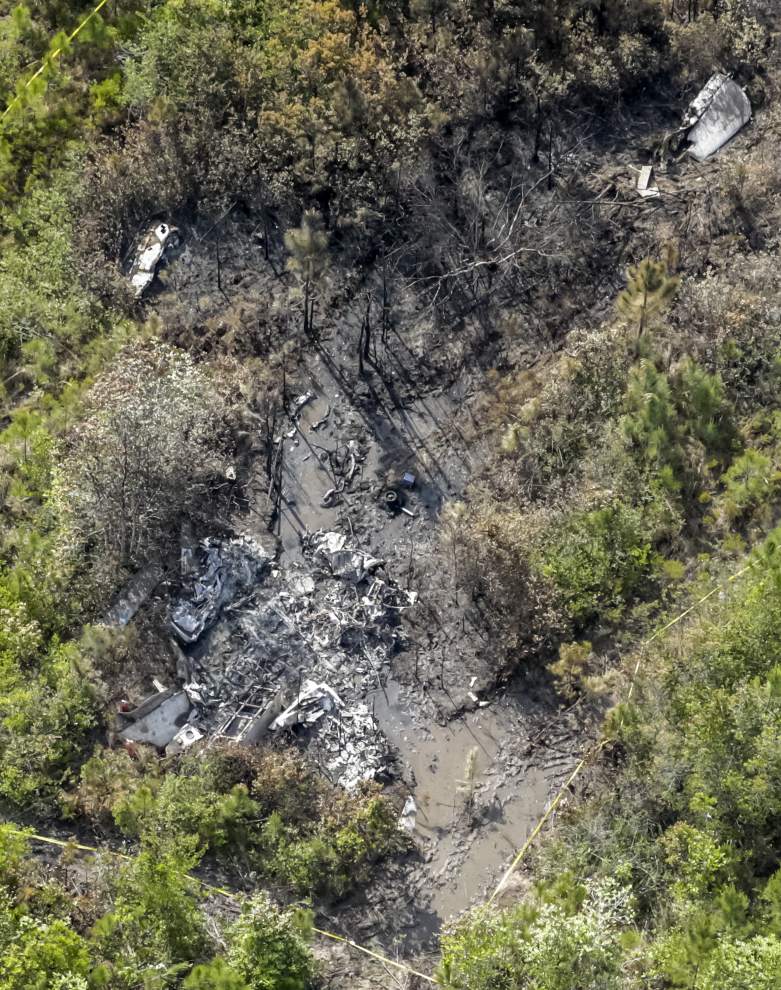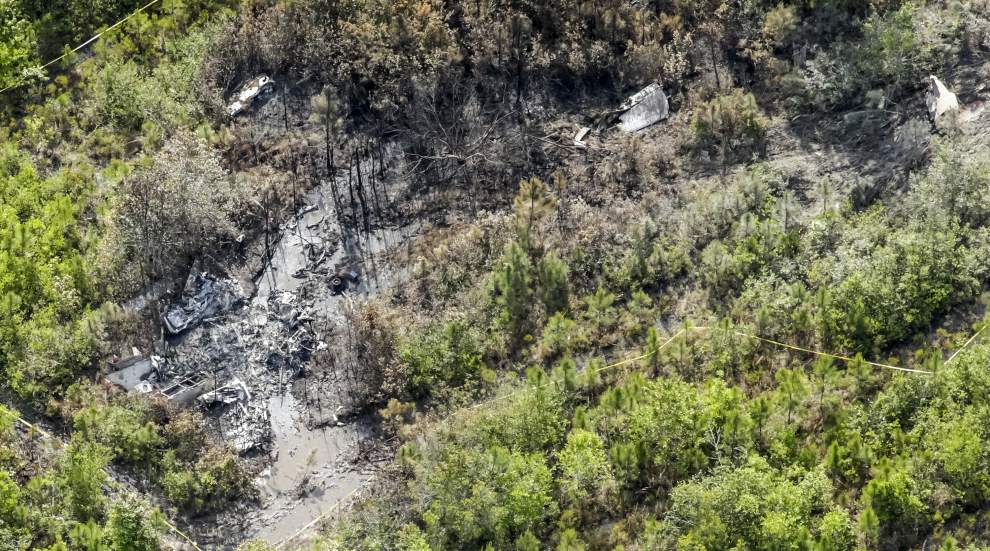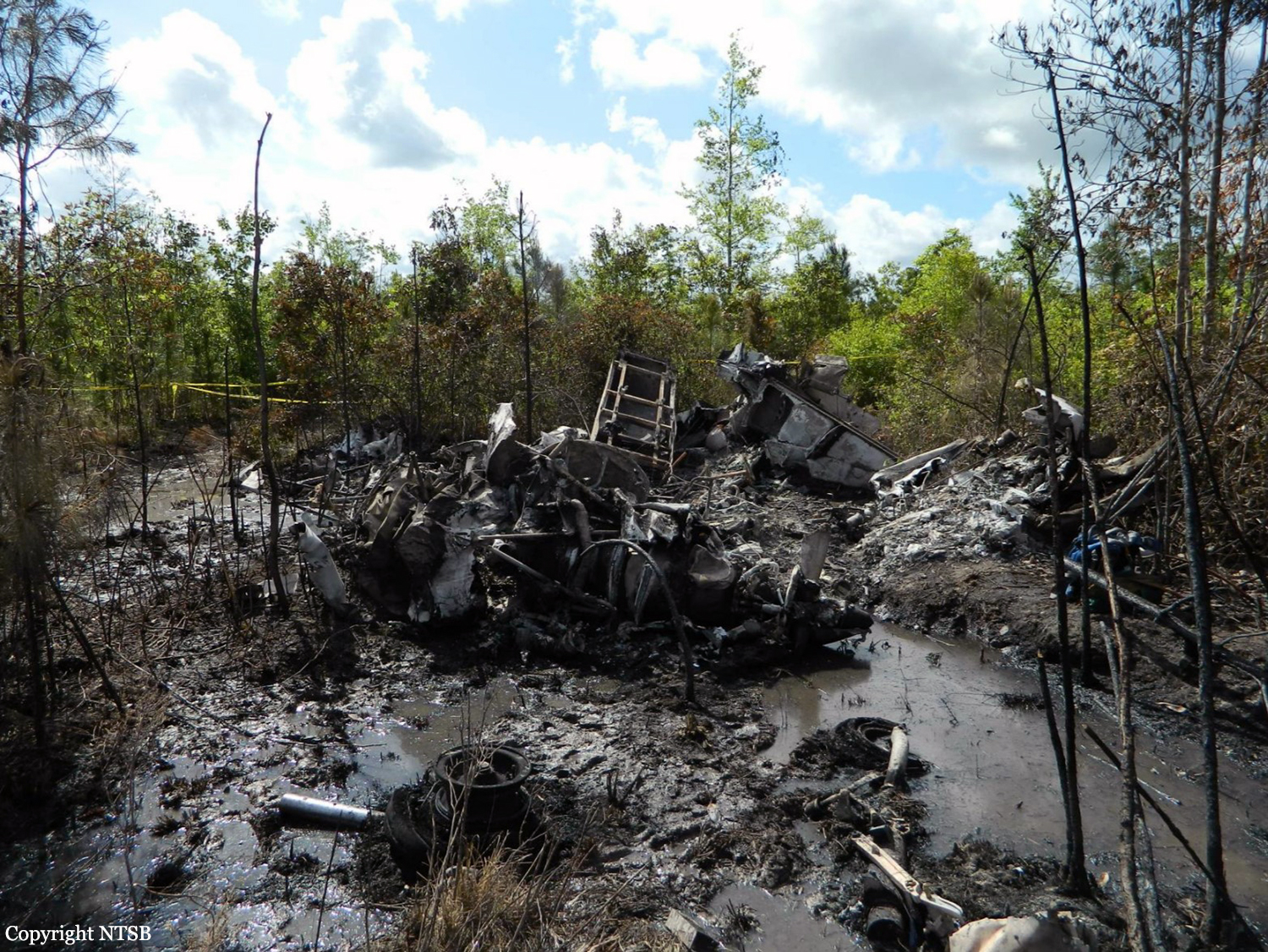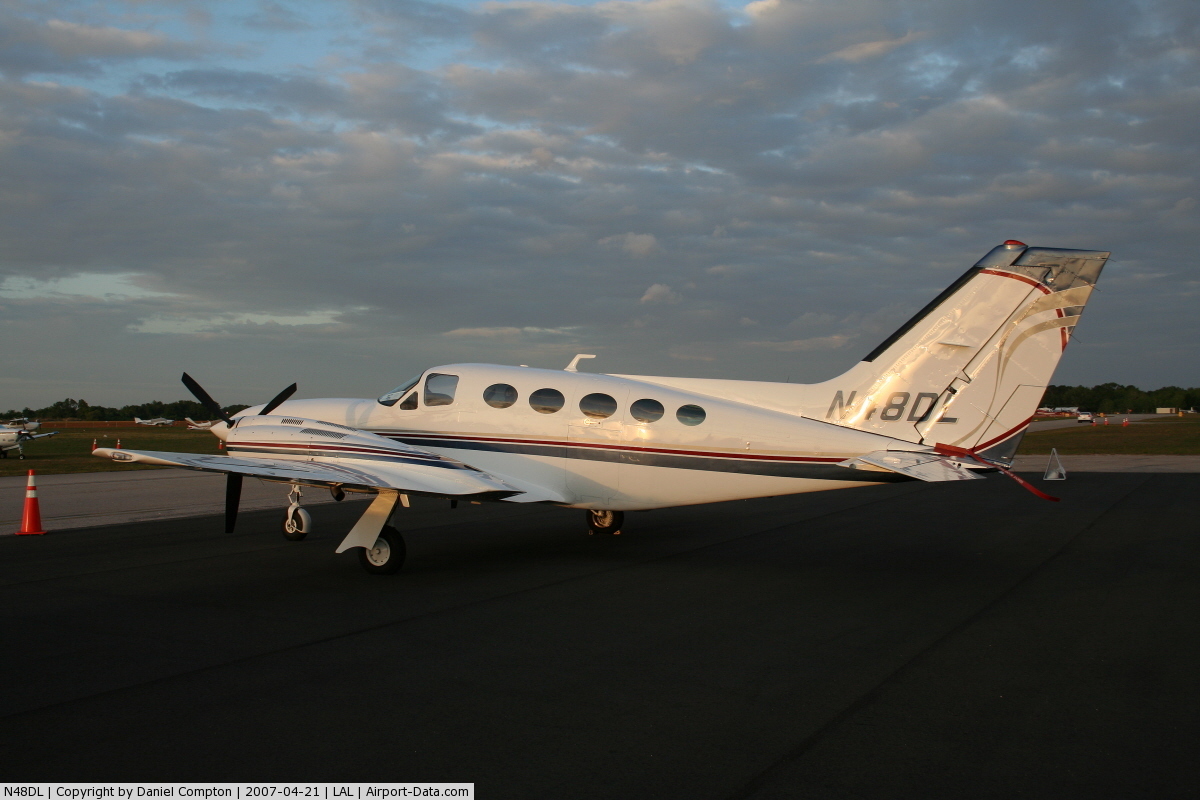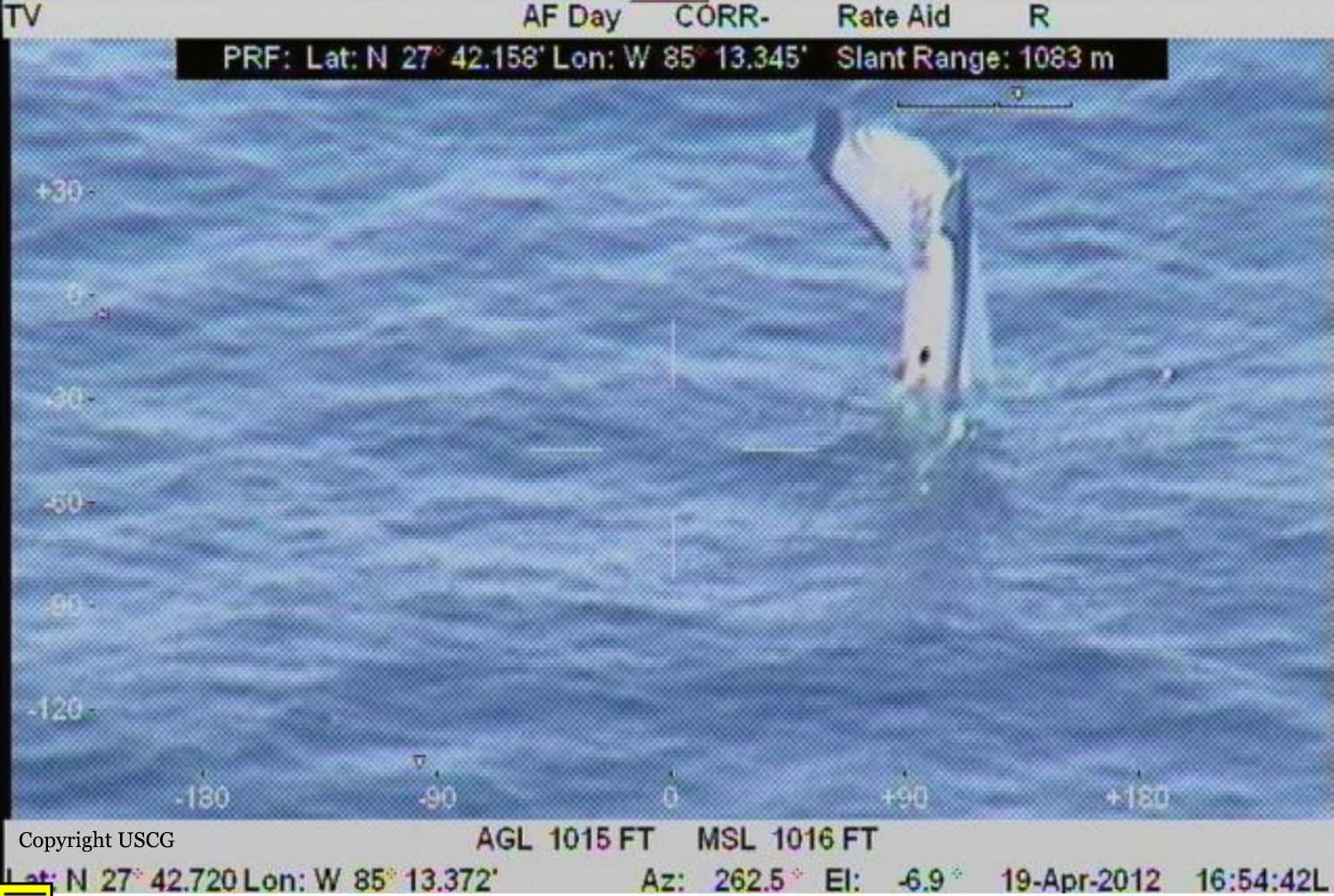Crash of a Beechcraft E90 King Air in Slidell
Date & Time:
Nov 6, 2022 at 2145 LT
Registration:
N809DM
Survivors:
Yes
Schedule:
Nashville – Slidell
MSN:
LW-334
YOM:
1980
Crew on board:
1
Crew fatalities:
Pax on board:
0
Pax fatalities:
Other fatalities:
Total fatalities:
0
Captain / Total hours on type:
325.00
Aircraft flight hours:
7111
Circumstances:
The pilot flew a visual approach to his home airport but did a go-around due to ground fog. After receiving an instrument flight rules clearance, he flew an RNAV/GPS approach that he also discontinued due to ground fog. After executing a missed approach, the pilot flew another RNAV/GPS approach. The pilot reported that during this last approach he lost visual references and initiated a go-around, during which the airplane impacted trees about 800 ft to the right of the runway. The main wreckage came to rest upright and was consumed by a post-impact fire. The postaccident examination revealed no preimpact anomalies that would have precluded normal operation. The pilot reported that he observed the right engine was slower to accelerate than the left engine during the attempted go-around, and that he was distracted looking at the engine indications. He reported that he did not notice if the airplane yaw to the right and, before he could correct for the altitude loss, the airplane descended into and struck the trees.
Probable cause:
The pilot’s failure to maintain airplane control during an attempted go-around in low visibility conditions.
Final Report:
